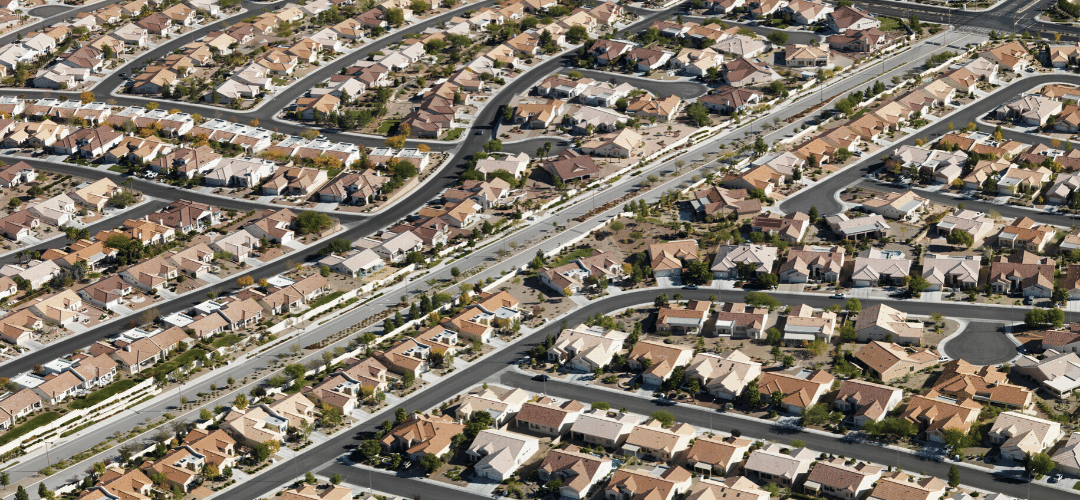Earlier this week I attended the 12th annual Liveable Cities conference, at the Adelaide Convention Centre. Increasingly, this conference is attracting inter-disciplinary interest, in recognition of Liveability as a key and increasing driver within the planning of cities. Congratulations to all involved with its presentation.
But what of the notion of Liveability? We have credible international rankings around agreed key criteria that are frequently referenced, and worldwide we are getting better at it. But how representative are such measurements and do they take real heed of the things that matter in to those living in the outer reaches of our largest cities?
Increasingly a fundamental urban planning driver, “liveability” occupies the unique space where many professional disciplines intersect. The Liveable Cities conference gives voice to intelligent analysis of this critical concept.
The term “Liveability” has teetered on the verge of buzz phraseology for some time now. Sometimes – not unlike the term “Placemaking – being captured in that buzz-web leads to a distortion of original meaning. Derivations and interpretations sometimes fail to capture the complexity of the notion and as soon as a term has a hint of “sexiness” about it, the marketers are all over it!
For the best part of a decade, the collective chests of Melburnians swelled as recipients of the “Worlds Most Liveable” city title. Welcome though the accolade was, upon examination it became apparent that this annual award from The Economist magazine arguably failed to take heed of a number of key liveability indicators; nor did it reflect that city’s urban geographic breadth, ‘burbs and all. Economic prosperity and inner-ring access to a myriad of wonderful infrastructure and experiences did not paint a representative picture of the greater metropolis that is Marvellous Melbourne.
In preparation for our conference Fishbowl Debate about the intersection of liveability, sustainability and technology, I mused about the things that would be perceived as at the heart of personal liveability within those who frame up my professional world,on the urban fringe.
These residents are amongst the most time-poor in the country; principally borne of the dis-connect between place of residence and place of employment. Lengthy commutes steal vital time away from family interactions. Weekend domestic obligations are scheduled well in advance and slavishly adhered to. Accordingly, it’s not surprising that time-saving technological devices, travel-time monitoring software and home-shopping services are often top of the “must-have” pile. Conversely, the emotional and time investment in what many others would deem more fundamental liveability drivers, is somewhat down the ranking order. Practical interest in planet-saving green infrastructure may be one area that is mentally downgraded on the “what makes my personal world most liveable” scale (“yes of course I recognize that green space and trees are important, but not right now please!”). Nature-strip trees are sometimes deemed an impediment to a modern world with many cars and few places to park them, whilst Siri and Cortana prosper!
The role of all involved in the planning and delivery of urban community liveability is therefore a balancing act between that which is recognised worldwide as fundamental to the future of mankind and the things that residents determine as the most pressing matters in their world at their given stage of life.
So the liveability debate rages on, but it is a healthy one. What is under-scored is the critical custodian role that planning professionals and city officials play in ensuring that big-ticket liveability drivers remain at the forefront of their deliberations, amidst the prioritization of the “liveability aids” by householders in the suburbs. The flip side of this is that such leadership must always endeavor to both empathise with the flock and take the time to bring them substantially along with the broader vision. Community development specialists have a key role to play within such a process.
Having pointed out the process hurdles, it is nevertheless really pleasing that liveability considerations are increasingly framing the contemporary professional narrative across the urban planning spectrum and its component parts. People are at the heart of the matter.
